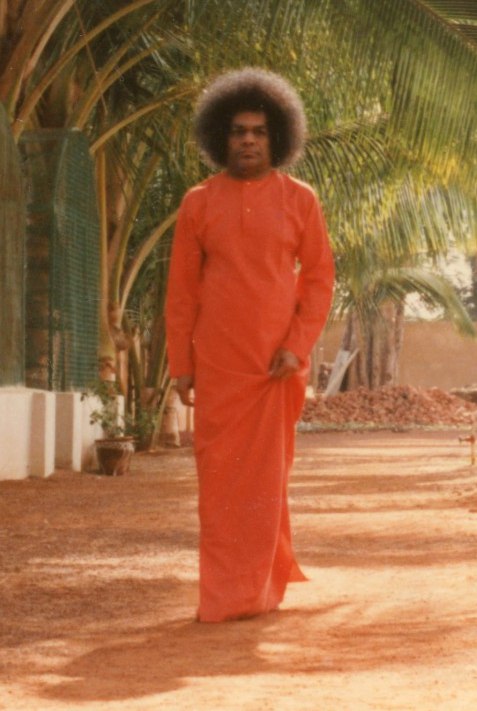
Мысль дня

Событие создал Nilayam
О событии
Мысль дня
Четверг, 29 февраля 2024 года
Действительно ли мы представляем собой чувства и ум или мы должны отождествлять себя с чем-то более глубоким? Бхагаван с любовью объясняет природу этих инструментов, как она раскрывается в Кена Упанишаде.
Ухо, кожа, глаз, язык, нос - эти пять органов чувств способны познавать звук, прикосновение, форму, вкус и запах соответственно. Объекты знания познаются только через эти пять органов. Мир постигается с помощью этих инструментов, которые занимают промежуточное положение между познающим и познаваемым. Внутренняя способность понимать объекты называется умом (манас). Ум выходит наружу через органы чувств и привязывается к объектам. В это время, в силу самого этого события, ум принимает форму этого объекта; это называется функцией (вритти). Ум неразумен (aчетана), поэтому его преобразования и манипуляции (викарас) также неразумны, безжизненны. Деревянная кукла обладает лишь свойством дерева, а сахарная - свойством сахара. Неразумный ум не может постичь Высший Разум (Четана), который пронизывает Вселенную. Точно так же, как неразумная колесница направляется возничим; так и возничий должен управлять неразумным умом (манасом), сидя в уме и используя его лишь в качестве своего транспортного средства. Движущая сила, которая приводит в действие внутренние инструменты- индрии действия, познания и пять жизненных пран (праны), - эта сила есть Бог! - Гл. 8, Кена Упанишад, Упанишад Вахини.
Вы верите в водителя своей машины, в инженера, который построил ваш дом. Так же верьте во Внутреннего Мотиватора, Атмана внутри, Голос Бога.
- БАБА
Thought for the day
Thursday, February 29, 2024
Are we truly our senses and the mind or should we identify ourselves with something deeper? Bhagawan lovingly explains the nature of these instruments as revealed in the Kena Upanishad.
The ear, skin, eye, tongue, nose — these five senses are able to cognise sound, touch, form, taste, and smell respectively. Objects of knowledge are cognised only through these five. The world is experienced through these instruments, which stand intermediate between the knower and the knowable. The inner capacity to understand objects is named the mind (manas). The mind moves out through the senses and attaches itself to objects. At that time, by that very occurrence, the mind assumes the form of that object; this is called a function (vritti). The mind is non-intelligent (achetana), so its transformations and manipulations (vikaras) are also non-intelligent, non-vital. A wooden doll has only the property of wood; a sugar doll, the property of sugar. The unintelligent mind cannot achieve knowledge of the supreme Intelligence (Chetana) which pervades the Universe. Just as the unintelligent chariot is directed by a charioteer, a charioteer must direct the unintelligent mind (manas), seated in the mind and having it as His vehicle. The motive force that activates the inner instruments, the senses of action, the senses of knowledge, the five vital airs (pranas) — that force is God! - Ch 8, Kena Upanishad, Upanishad Vahini.
You have faith in the driver of your car, in the engineer who built your house. So too, believe in the Inner Motivator, the Atman within, the Voice of God.
— BABA
Translate | GTranslate | Source | Publish
Рекомендуемые комментарии
Комментариев нет
-
Мысль дня
Подпишитесь, чтобы получать мысль дня из ашрама по электронной почте -
Предстоящие события
-
